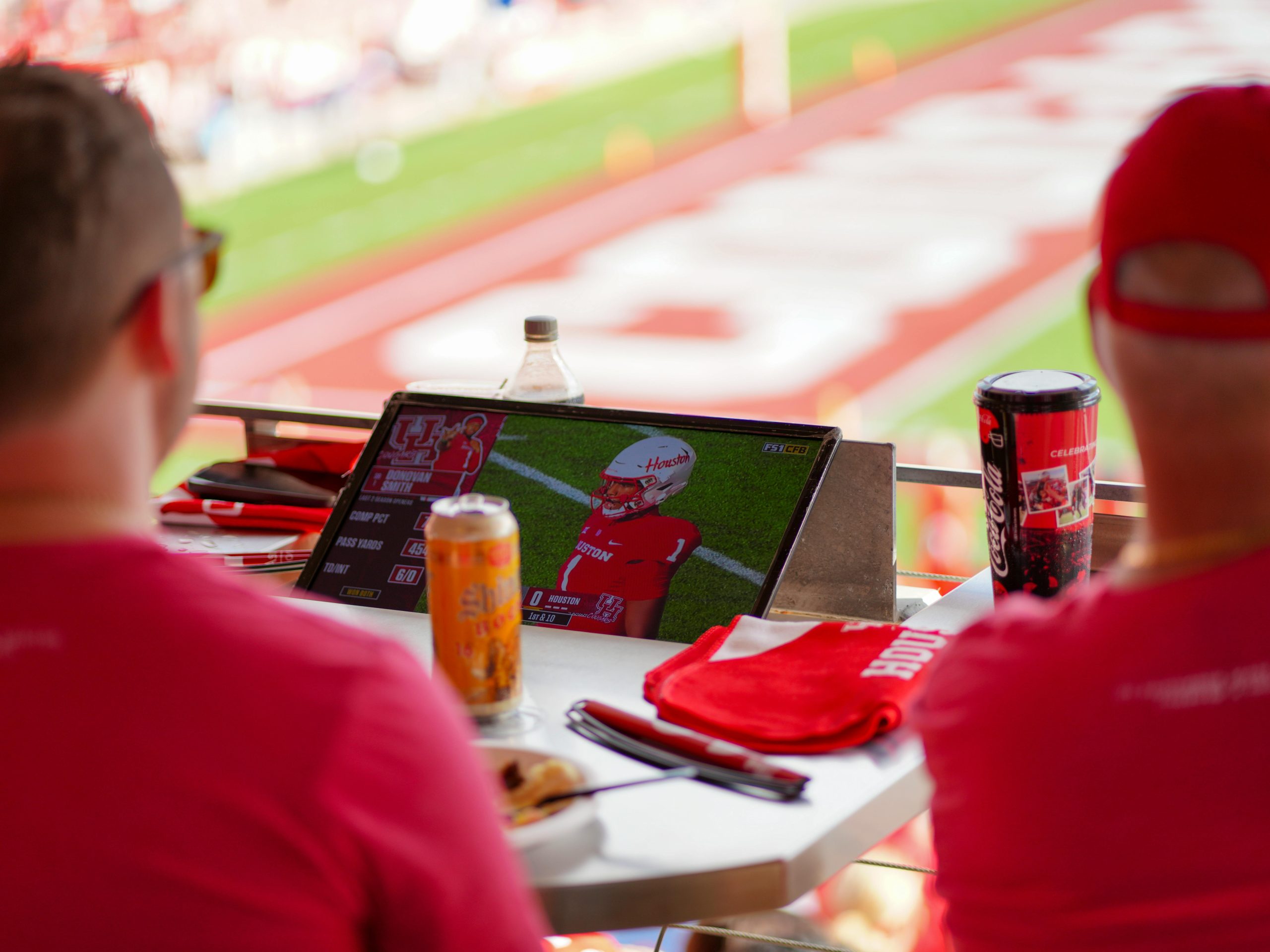In the modern era of sports, where every fraction of a second counts and minute decisions can be the difference between victory and defeat, the integration of artificial intelligence (AI) has become not only beneficial but essential. One of the most groundbreaking technologies in this realm is LFG Sports AI, a cutting-edge platform designed specifically to enhance training, performance analysis, and overall team optimization. Whether you’re managing a youth soccer program, an elite basketball team, or a professional esports roster, LFG Sports AI presents tools that revolutionize how games are played, analyzed, and improved.
What Is LFG Sports AI?
LFG stands for “Looking For Group,” a term rooted in gaming culture, but LFG Sports AI takes this concept farther by bringing elite-level analytics and machine learning to the sports arena. Through intelligent data collection, real-time analysis, and predictive modeling, this platform allows coaches and athletes to uncover deep insights that were once locked behind layers of manual review and intuition.
Here’s what separates LFG Sports AI from traditional training tools: its ability to analyze real-time performance data, compile it into actionable insights, and suggest strategic recommendations tailored to both individual athletes and full teams.
Enhancing Training with Smart Insights
Training is the heart of athletic development. However, in many teams, training plans are often based on experience, repetition, and sometimes guesswork. Enter LFG Sports AI, turning guesswork into science.
The system captures a wide range of metrics such as:
- Player acceleration and deceleration
- Movement efficiency
- Workload distribution
- Reaction times and cognitive decision-making
Through wearable tech or video analysis, athletes’ movements on the field, court, or arena are documented in detail. LFG’s AI then identifies patterns and limitations, providing feedback on what areas need improvement. For instance, a football wide receiver might learn that their cutting motion is not as sharp on the left side versus the right — data that previously would have required hours of film study to detect.

What makes this even more impactful is the personalized nature of the feedback. LFG Sports AI doesn’t just generalize. Every athlete receives a profile built on their metrics, making training highly specific and helping each individual reach their peak potential faster and more safely.
Redefining Sports Analytics
Analytics in sports have come a long way since the days of tallying goals, assists, and field goal percentages. Now, teams seek in-depth knowledge: how effectively does a player stretch the defense? How often do they lose coverage? LFG Sports AI provides these answers — and more — faster and more accurately than ever.
Key features include:
- Visual Heatmaps: Understand movements during a game and see where a player contributes most often.
- Comparative Analyses: Benchmark performance against other players with similar roles or past matches.
- Trend Prediction: Forecast a player’s performance trajectory based on evolving data points.
With these tools, coaches can identify inefficiencies in real time. Maybe a player is covering too much ground due to poor team spacing — something the AI can detect through spatial analytics. Or perhaps fatigue is setting in quicker than expected, allowing support staff to preempt injuries through load management recommendations.

Crucially, LFG Sports AI doesn’t just inform. It empowers teams to take immediate, informed actions with precision and speed.
Team Performance Optimization at Scale
If one athlete can transform based on LFG AI data, imagine what happens when an entire team operates with that intelligence. The platform integrates performance data from every player to provide a full-team view, highlighting how effectively the group functions together.
For instance, the platform might reveal that although individual positions are executed well, transitions between them suffer. This is especially critical in sports like soccer or hockey, where fluid ball/puck movement and quick decision-making are paramount.
With AI-generated simulations, teams can rehearse tactical scenarios virtually before stepping onto the field. By seeing success rates and decision outcomes in the digital realm, real-world adjustments happen more rapidly. This also opens up the door to “coaching the coach,” where strategy sessions become more dynamic thanks to the AI suggesting formations based on the opposition’s tendencies and weaknesses.
Improved Injury Prevention and Load Management
Another major area where LFG Sports AI shines is in injury prevention. One of the most detrimental challenges for any team is losing key players to preventable injuries. The system tracks metrics like overexertion, form deterioration, and even stress-related indicators in order to catch glitches in biomechanics before injury happens.
The AI delivers alerts based on changes in mobility patterns or declining speed, which can point to fatigue or the early signs of soft tissue stress. This real-time risk management can dramatically increase player availability across a season.
A Boost to Mental Readiness and Cognitive Training
Athletic excellence is not just physical. Cognitive sharpness — reading the game, anticipating moves, and making split-second decisions — plays a critical role in who wins and who falters. LFG Sports AI is uniquely positioned to train mental agility through scenario-based simulations and reaction tests.
By mirroring game-time decisions in controlled virtual environments, players strengthen their decision-making frameworks. They react faster, trust instincts sooner, and read the opponent with more accuracy. This layer of mental training is what separates elite performers from average ones.
The Competitive Edge in Recruitment and Scouting
Imagine a scout not having to rely solely on game footage or word-of-mouth accolades, but instead assessing potential recruits through hard data aggregated from their playing history. LFG Sports AI aids in recruiting by supplying performance metrics and potential growth indexing via machine learning models.
With comparative insights, coaches can make smarter decisions about who to bring onto the team. Are they injury-prone? Are their stats inflated due to a weaker competition pool? AI answers these questions without bias. It’s analytics at its most objective.
Customizable and Scalable Integration
One of the most impressive aspects of LFG Sports AI is its flexibility. Whether you’re an analyst at a major league organization or the assistant coach of a high school basketball team, the platform can be scaled to fit your needs. With cloud integration, remote training support, and cross-device compatibility, the adoption process is smooth and seamless.

This adaptability ensures that everyone — regardless of budget, sport, or level — gains access to top-tier AI insights and performance tools.
Conclusion: The Future of Sports is AI-Driven
As sports continue to evolve, the integration of smarter, faster, and more intuitive technologies becomes not just helpful—but mission-critical. LFG Sports AI represents a dramatic leap forward in how we understand performance, train athletes, manage teams, and ultimately, how we win games.
From highly personalized training programs to unparalleled in-game analytics and long-term health monitoring, this technology doesn’t simply support athletes. It transforms them. In an industry that leaves little room for inefficiency, adopting LFG Sports AI may be the competitive edge that closes the gap between challenge and championship.
The game is changing—and with LFG Sports AI, you’ll be ready for what comes next.
